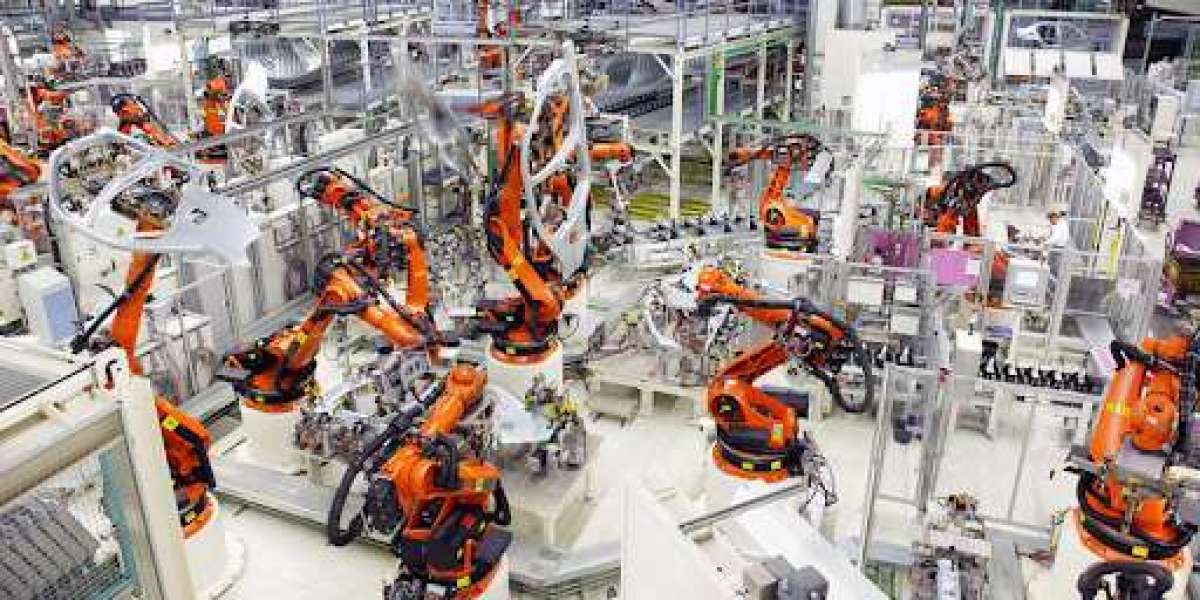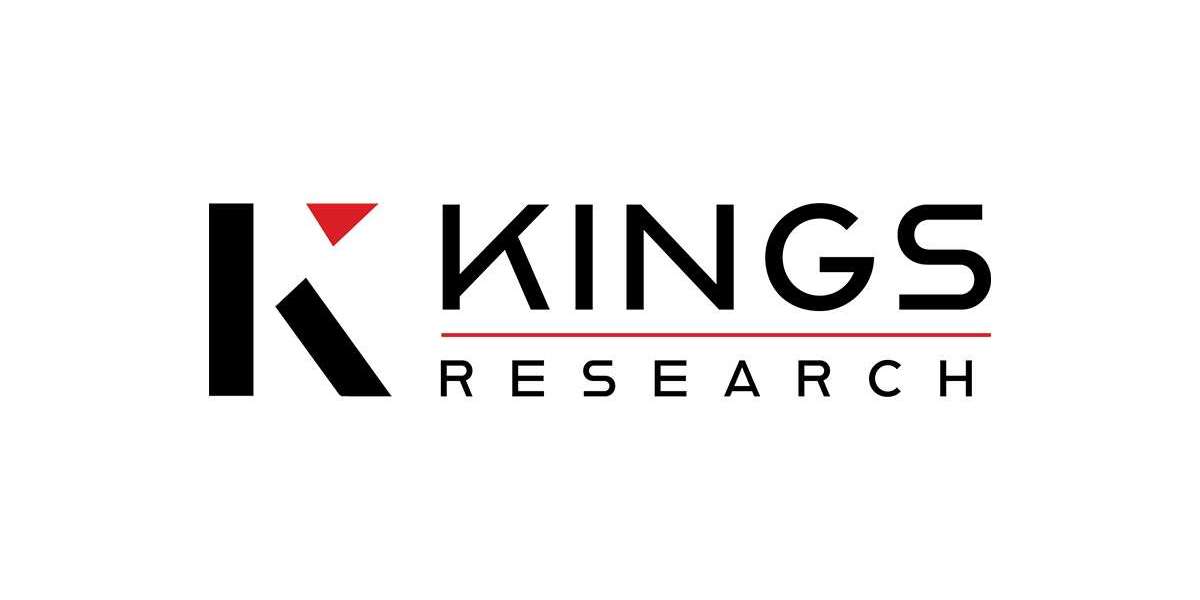Mastering Control: Designing Efficient Control Panels for Industrial Applications
In industrial settings, control panels play a crucial role in managing and controlling various processes and equipment. These panels serve as the central hub for monitoring, controlling, and safeguarding industrial operations. Designing efficient control panels is essential for optimizing performance, ensuring safety, and enhancing productivity in industrial applications. This article explores the key components, design considerations, integration of advanced technologies, benefits, case studies, challenges, best practices, and future trends of efficient control panel design for industrial applications.
Introduction to Control Panels in Industrial Applications
Control panel design are electrical enclosures that house various components and devices for controlling and monitoring industrial processes and equipment. They serve as the interface between operators and machines, enabling users to interact with and control complex systems effectively. Efficient control panel design is essential for maximizing operational efficiency, ensuring safety, and minimizing downtime in industrial applications.
Key Components of Control Panels
Control panels typically include the following key components:
- Power Distribution Components: Circuit breakers, fuses, contactors, and relays for distributing electrical power to equipment and devices.
- Control Devices and Instruments: Switches, buttons, indicators, meters, and sensors for monitoring and controlling process variables.
- Safety Components: Emergency stop buttons, safety relays, interlocks, and protective barriers to prevent accidents and ensure operator safety.
- Communication and Networking Equipment: PLCs, HMIs, industrial communication protocols, and networking devices for data exchange and system integration.
Design Considerations for Efficient Control Panels
Designing efficient control panels involves several key considerations, including:
- Layout and Organization: Arranging components in a logical and ergonomic layout to facilitate ease of use, accessibility, and troubleshooting.
- Wiring and Cable Management: Proper routing, labeling, and bundling of wires and cables to minimize clutter, reduce interference, and simplify maintenance.
- Component Selection and Placement: Choosing high-quality components suitable for the application and environment and positioning them for optimal performance and reliability.
- Accessibility and Maintenance: Designing panels with easy access to components, terminals, and wiring for inspection, testing, and servicing.
Integration of Advanced Technologies
Modern control panel design incorporates advanced technologies to enhance functionality, efficiency, and connectivity, including:
- Programmable Logic Controllers (PLCs): Versatile digital computers used for automating control tasks and executing complex logic functions.
- Human-Machine Interface (HMI) Systems: Touchscreen interfaces that allow operators to monitor system status, configure parameters, and interact with machines.
- Industrial Internet of Things (IIoT) Connectivity: Integration with IIoT devices and sensors for collecting real-time data, enabling predictive maintenance, and optimizing performance.
- Remote Monitoring and Control Systems: Cloud-based platforms and remote access solutions for monitoring and controlling systems from anywhere, at any time, using web-enabled devices.
Benefits of Efficient Control Panel Design
Efficient control panel design offers numerous benefits, including:
- Enhanced Safety and Reliability: Minimizing the risk of accidents, equipment failures, and downtime through proper design, component selection, and safety features.
- Improved Efficiency and Productivity: Streamlining operations, reducing manual intervention, and enabling faster response times to changes and alarms.
- Reduced Downtime and Maintenance Costs: Preventing unplanned downtime, minimizing troubleshooting time, and lowering maintenance costs through efficient design and predictive maintenance strategies.
- Scalability and Future-Proofing: Designing panels with modular components and scalable architecture to accommodate future expansion and technological advancements.
Case Studies and Success Stories
Numerous industries, including manufacturing, energy, utilities, and transportation, have successfully implemented efficient control panel designs to achieve significant improvements in performance, reliability, and safety. Real-world case studies and success stories demonstrate the transformative impact of efficient control panel design on industrial operations and business outcomes.
Challenges and Solutions
Designing efficient control panels can pose challenges, including integration complexity, compliance with standards and regulations, and training and skills development. However, organizations can overcome these challenges through collaboration between engineers and operators, prototype testing and validation, documentation and training programs, and continuous improvement and innovation.
Best Practices for Designing Efficient Control Panels
To ensure successful design and implementation of control panels, organizations should follow best practices such as collaboration between engineers and operators, prototype testing and validation, documentation and training programs, and continuous improvement and innovation.
Future Trends in Control Panel Design
The future of control panel design is characterized by several emerging trends, including advancements in automation and AI, integration with cloud computing and edge devices, and emphasis on cybersecurity and data protection.
Conclusion
Efficient control panel design is essential for optimizing performance, ensuring safety, and enhancing productivity in industrial applications. By incorporating advanced technologies, best practices, and future trends, organizations can master control and achieve their operational objectives.
FAQs
What are the main components of control panels in industrial applications? Control panels typically include power distribution components, control devices and instruments, safety components, and communication and networking equipment.
How does efficient control panel design contribute to safety and reliability? Efficient control panel design minimizes the risk of accidents, equipment failures, and downtime through proper layout, component selection, and safety features.
What role do advanced technologies play in modern control panel design? Advanced technologies such as PLCs, HMIs, IIoT connectivity, and remote monitoring systems enhance functionality, efficiency, and connectivity in modern control panel design.
How can companies overcome challenges in designing efficient control panels? Companies can overcome challenges through collaboration between engineers and operators, prototype testing, documentation and training programs, and continuous improvement and innovation.
What are some emerging trends in control panel design for industrial applications? Emerging trends include advancements in automation and AI, integration with cloud computing and edge devices, and emphasis on cybersecurity and data protection.
- https://deltasigmacompany.com/factory-automation/








